A Trip to Lecce, Italy
We had a wonderful visit to Lecce, Italy. Lecce, the capital of Lecce province in southern Italy, is located on the Salentine Peninsula at the heel of the Italian Peninsula. Over 2,000 years old, it’s called "The Florence of the South" for its Baroque architecture. The city exports "Lecce stone," a soft limestone used for sculptures, and is a major hub for olive oil, wine, and ceramics.
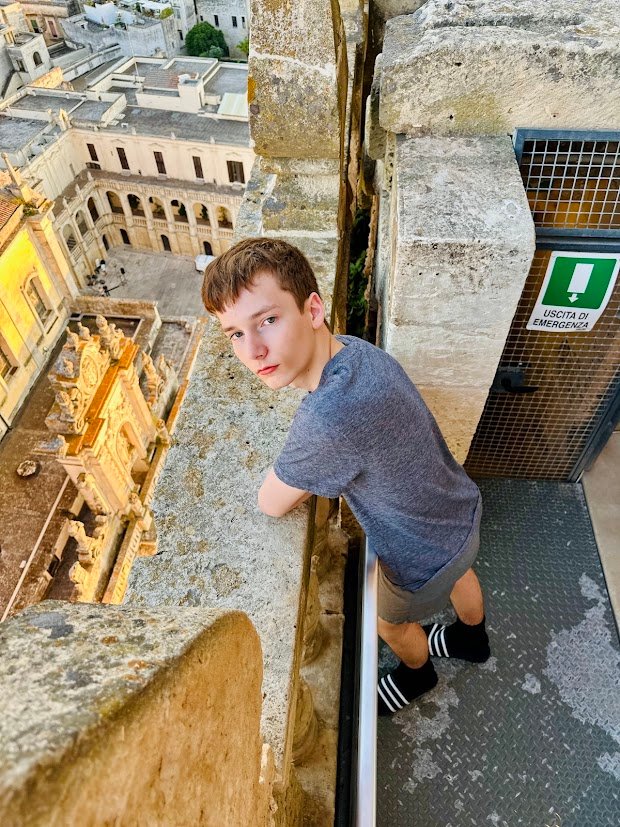
Looking down on the Duomo and the Piazza del Duomo.
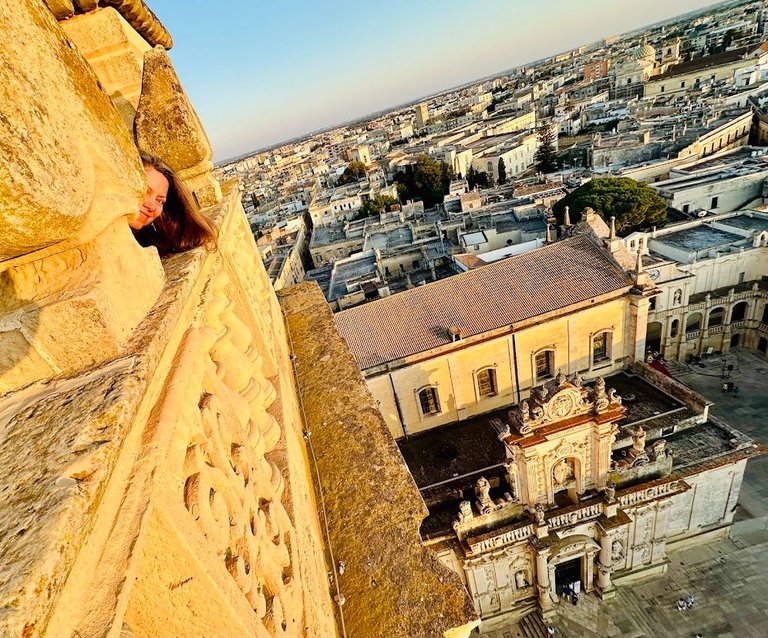
Peakaboo! Another view of the Duomo.
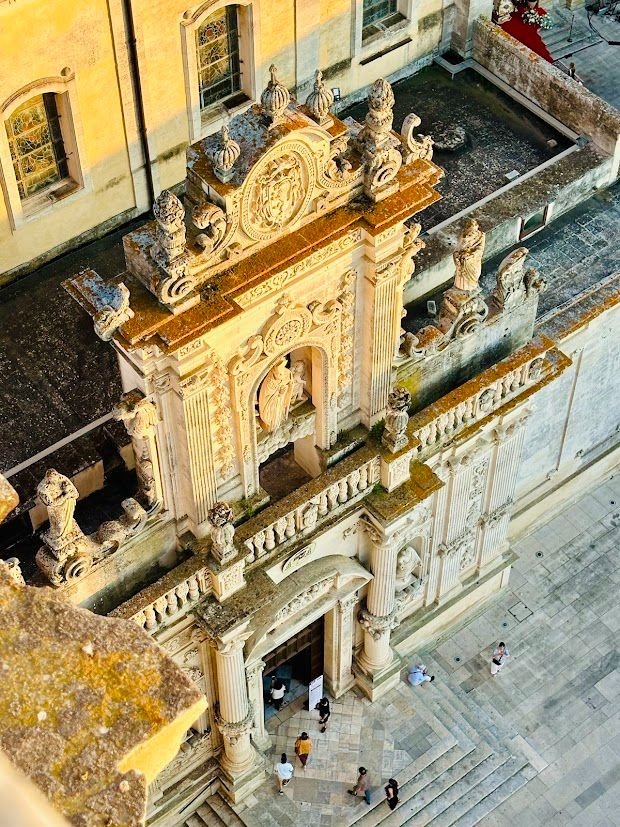
Another view of the Duomo.
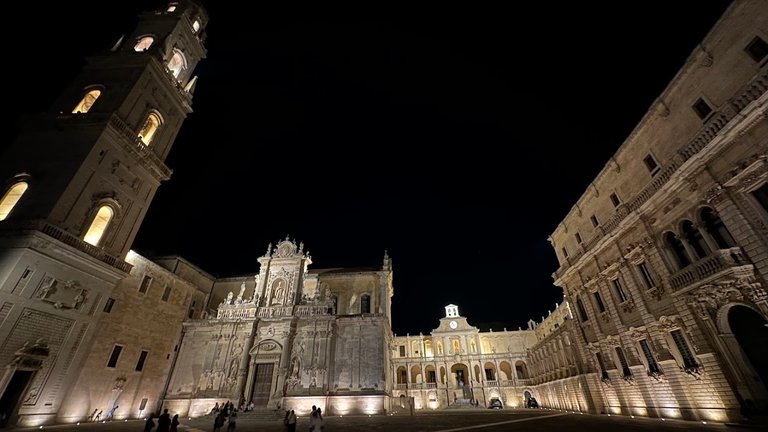
The Duomo and Piazza del Duomo at night.
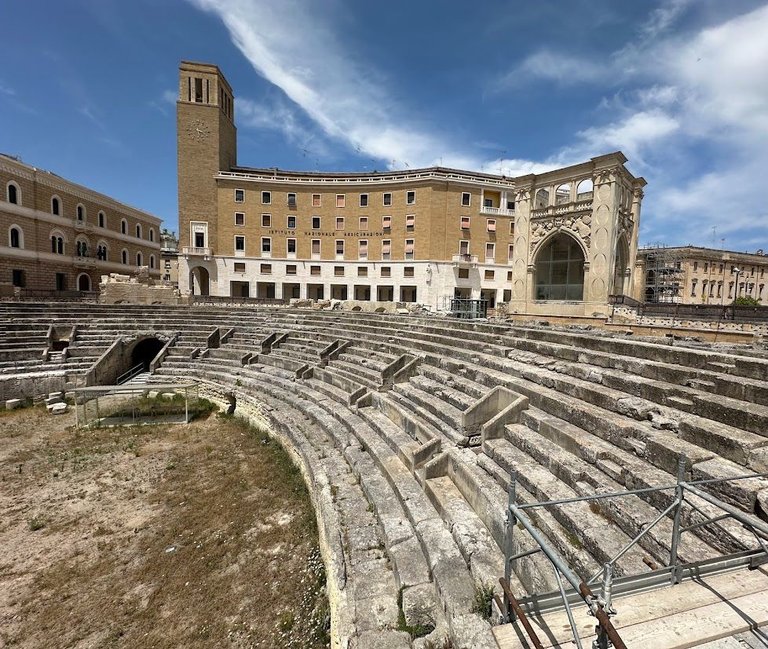
Roman amphitheater and the Palazzo Sedile. In the background is, paradoxically, my favorite architectural feature. It is the Palazzo dell'Istituto INA, located at Piazza Sant’Oronzo 7, Lecce. It is a 1930s Italian Rationalist building from the Fascist era, designed by INA’s Technical Office in Rome and engineer Oronzo Pellegrino. Its curvilinear design echoes the adjacent Roman Amphitheater, using local carparo stone, monumental porticos, and a clock tower to blend modern rationalism with regional elements. Part of Lecce’s historic Piazza Sant’Oronzo, it juxtaposes Roman ruins and Baroque architecture but divides opinion, with some calling it an “eyesore” on platforms like Tripadvisor, while others value its historical significance.
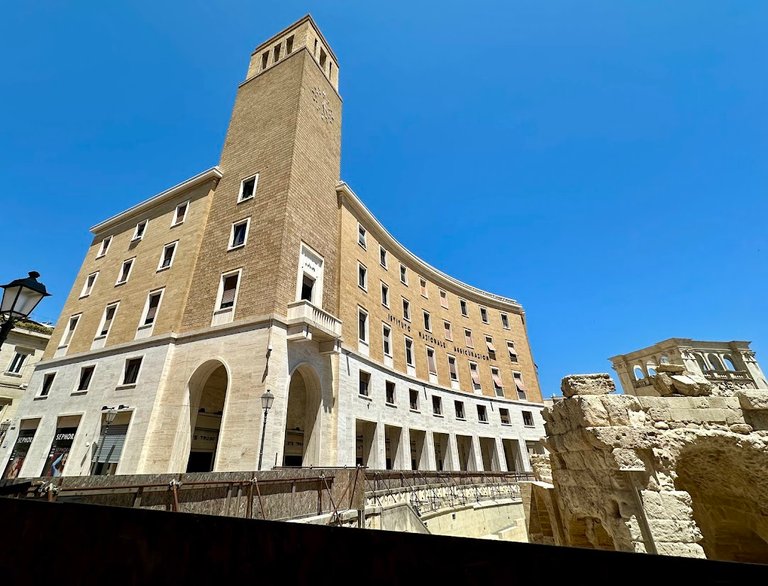
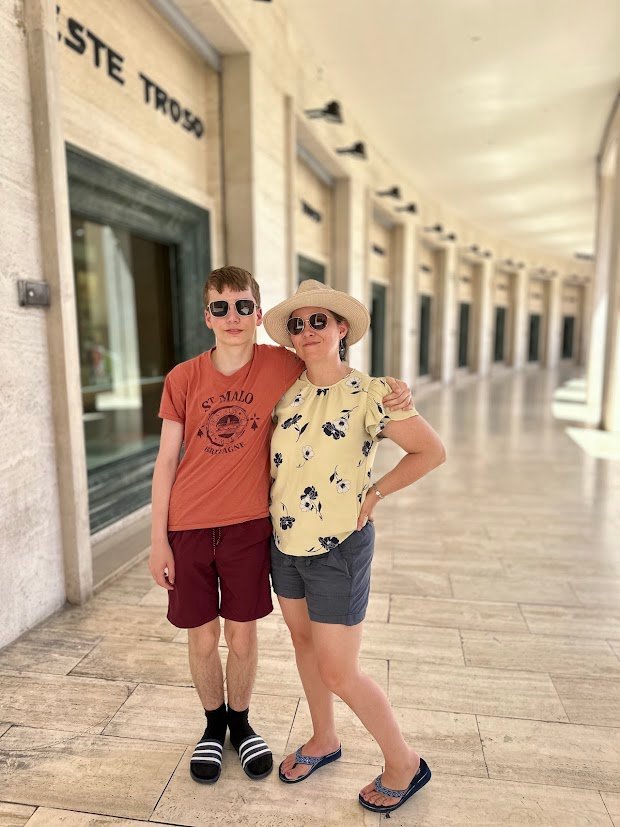
Here is the colonnade of the Palazzo dell'Istituto INA.
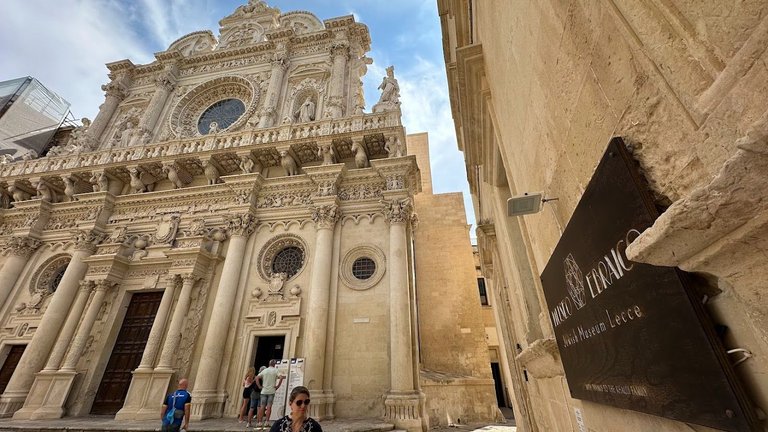
Here is the stunning Basilica di Santa Croce Lecce (Church of the Holy Cross). The friezes and bas reliefs are, simply put, amazing. I think many would say that this structure is the star of Lecce. The Basilica di Santa Croce, located on Via Umberto I in Lecce’s historic center, epitomizes Lecce Baroque with its ornate facade and intricate pietra leccese sculptures.
Built from 1549 to 1695 by architects Gabriele Riccardi, Francesco Antonio Zimbalo, and Cesare Penna, the facade features six columns, a large rose window, and allegorical carvings depicting Christianity’s triumph over paganism. The lower tier shows earthly and demonic themes, while the upper tier, with statues of Saints Benedict and Celestine V, represents heaven.Inside, the Latin cross basilica has three naves and 17 altars, including the Baroque Altar of San Francesco da Paola (1614–1615), with reliefs of the saint’s miracles, and the Altar of Sant’Oronzo, marking Lecce’s protection during the 1743 earthquake. A lavish wooden caisson ceiling adorns the central nave, and a 16th-century dome with acanthus leaves and angels crowns the transept.
The apse features paintings like the Adoration of the Shepherds and the Annunciation.Originally built by Celestine monks to house True Cross relics, it replaced a 14th-century church demolished for castle expansion under Charles V. The adjacent former convent now serves as government offices. Managed by the Archconfraternity of the Most Holy Trinity since 1833, it was declared a national monument in 1906 and a minor basilica by Pope Pius X.
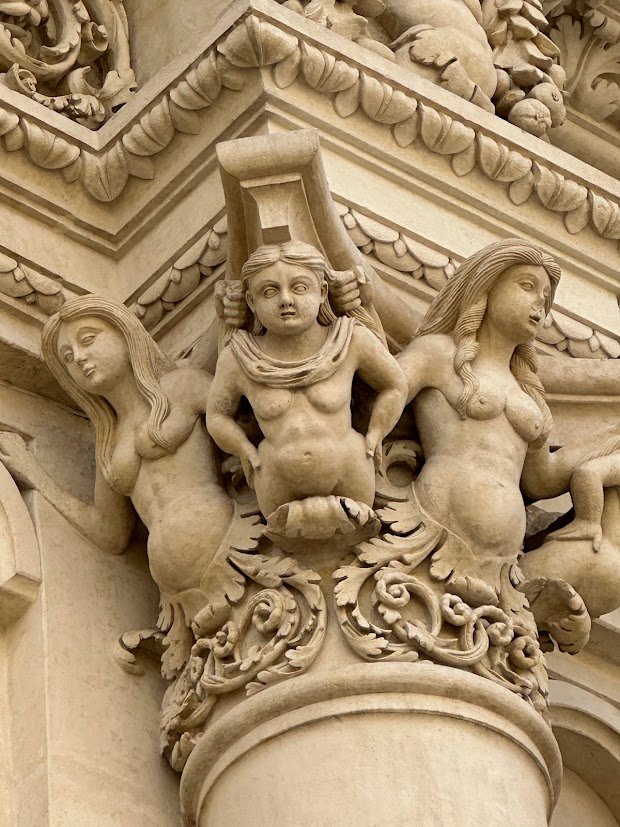
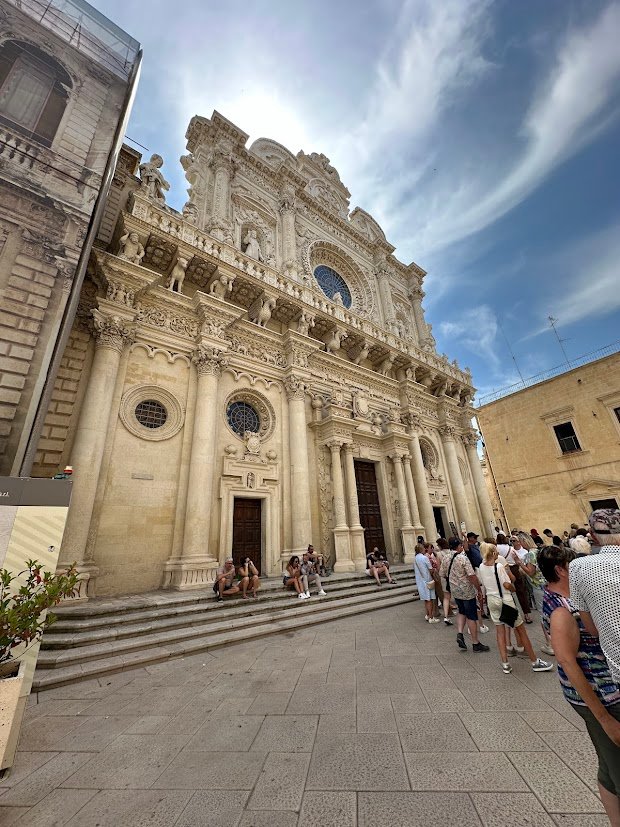
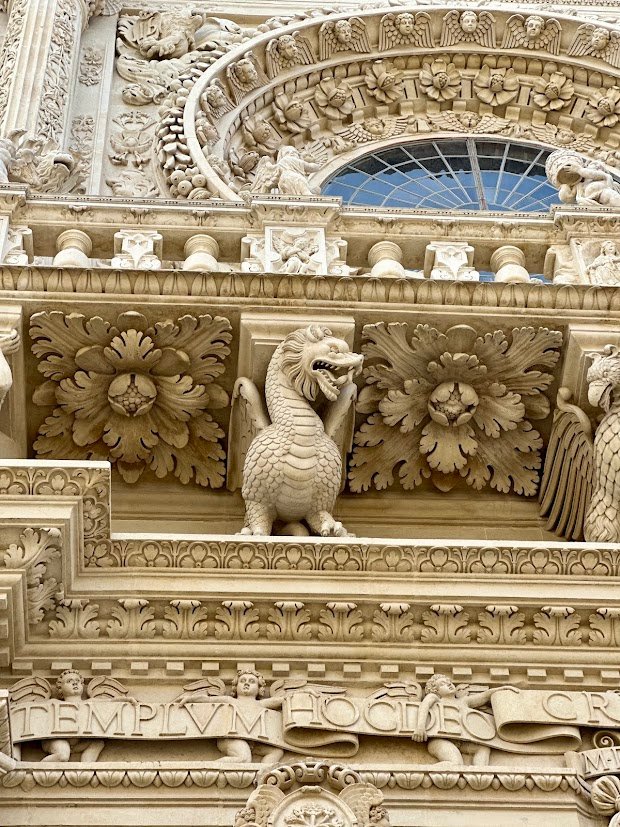
Thank you for reading. Please upvote and follow!
Great photography stuff @thepatriotblog!
!discovery 30
!PIZZA
This post was shared and voted inside the discord by the curators team of discovery-it
Join our Community and follow our Curation Trail
Discovery-it is also a Witness, vote for us here
Delegate to us for passive income. Check our 80% fee-back Program
Will do! Thank you!
$PIZZA slices delivered:
@jlinaresp(8/15) tipped @thepatriotblog
Come get MOONed!
I do a different city Italy every year for a few days but never ventured south. Must go down as I hear the food is unreal. Lecce looks nice actually. What took you down there?